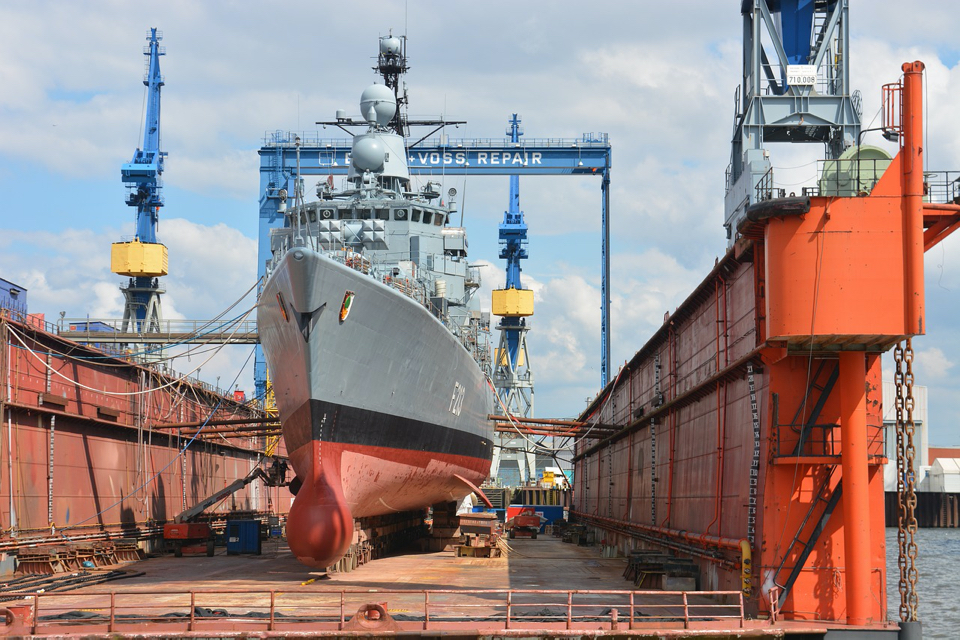From a quick sweep we gather that most Dutch shipbuilding companies are continuing work during the corona crisis. The construction and engineering sectors have therefore jointly drawn up a protocol on safe working practices to help them do so safely.
Work is continuing at companies such as Damen Shipyards, Royal IHC, Kooiman Marine Group, De Hoop Shipyard, Feadship and Heesen Yachts. According to trade organisation Netherlands Maritime Technology (NMT), measures taken can include spreading working hours and breaks.
Heesen announced for example its workers would start working in shifts to create more space. In addition, Kooiman Marine Group says it has created work teams that start half an hour after each other so that scheduled breaks are spread throughout the day.
Protocol
In practice, keeping the 1.5 metres distance is proving to be a challenge, says NMT. That is why the organisation advises to make additional agreements (if not all measures can be taken) on how to work safely, in accordance with the Dutch RIVM hygiene guidelines.
The construction and engineering sectors have jointly drawn up a protocol on safe working practices during the corona crisis. The measures mentioned in this protocol are also suitable for the maritime manufacturing industry. The protocol contained the following advice:
- Appoint a “corona responsible” at the work location.
- Keep a distance of 1.5 metres as much as possible, both when transporting to and from the construction site as on the construction site itself. Adjust the work accordingly and design the workspace accordingly. For example, split up groups during construction. Lunch in the open air as much as possible. For situations where this distance is not always feasible, agreements will be made on how to work safely in accordance with the RIVM hygiene guidelines.
- Hygiene rules for the workplace must be observed: extra cleaning of toilets, keep door handles clean, clean materials for shared use. Cleaning alcohol of seventy per cent (IPA) is suitable for the disinfection of materials and products.
- Limit contact with external people as much as possible. Make agreements about this with suppliers and subcontractors. Think of deliveries outside the building site.
- Let the employees work in the same teams and at the same locations as much as possible, so that they do not come into contact with others every time.
- Speak to each other (severely) about (dangerously underestimating) deviating behaviour and correct each other.
The protocol can be downloaded here (in Dutch only).








